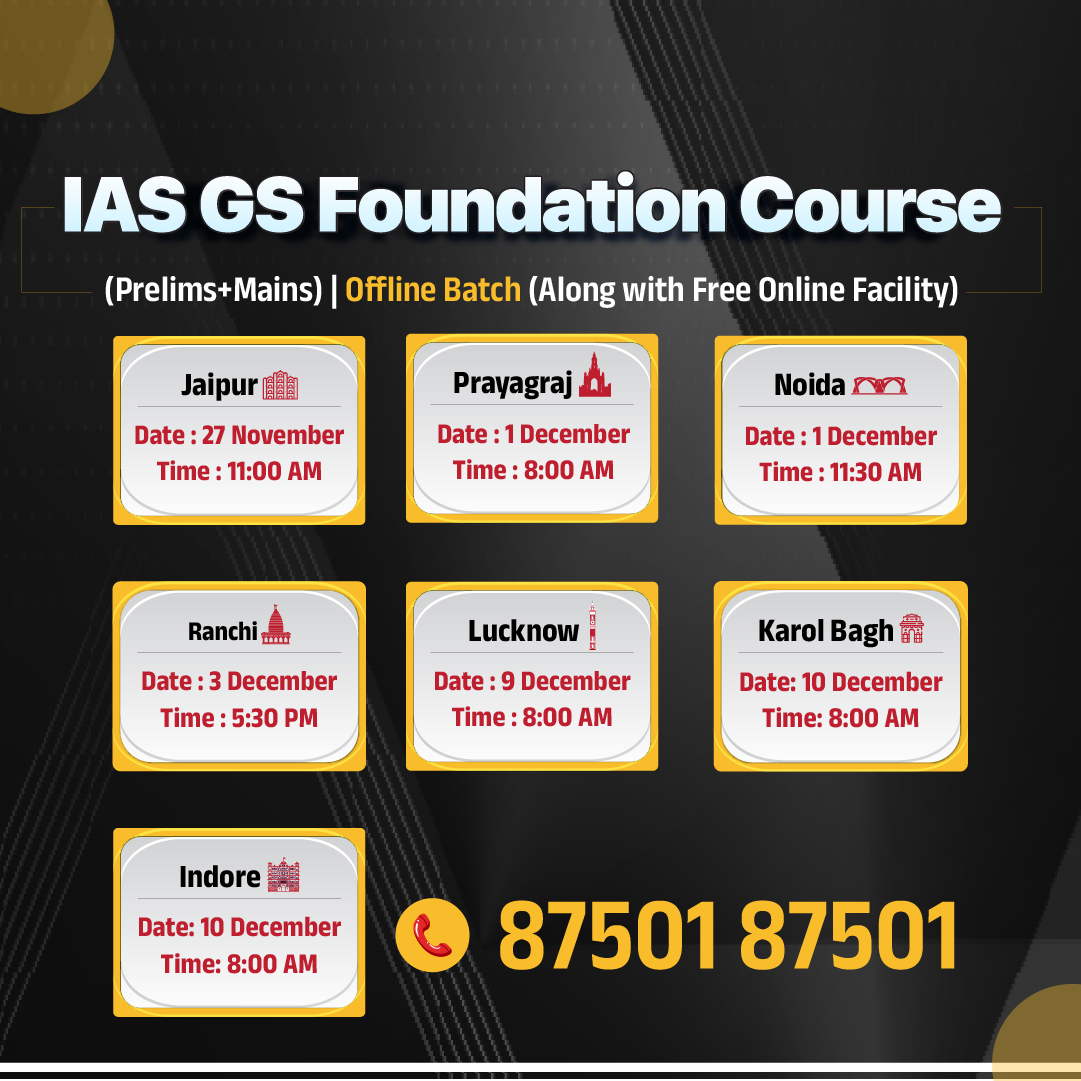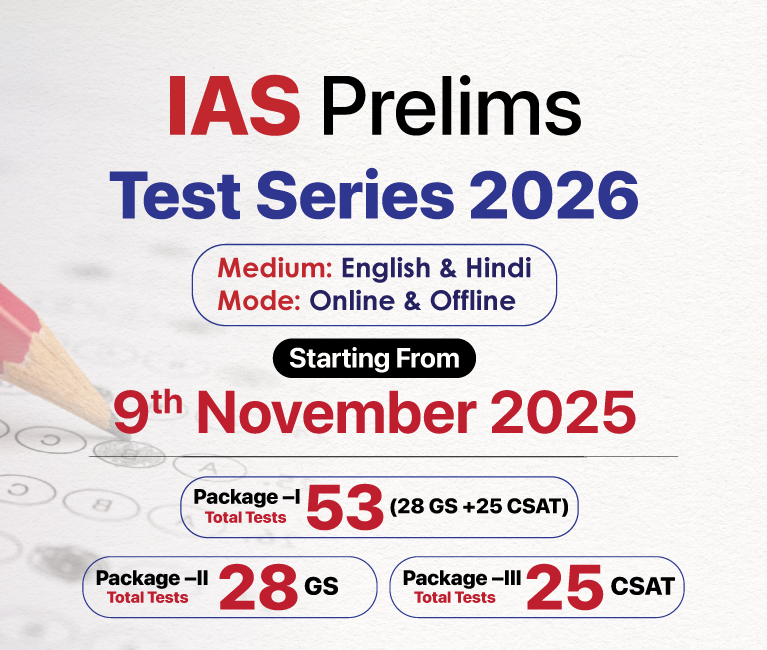Jammu & Kashmir Switch to Hindi
Operation Mahadev
Why in News?
Operation Mahadev, carried out by the Indian Army and Jammu & Kashmir Police, eliminated the alleged mastermind behind the Pahalgam attack, along with two other terrorists affiliated with Lashkar-e-Taiba, in an encounter in the forests near Dachigam National Park, Jammu and Kashmir.
- One of the other terrorists killed in the operation was allegedly involved in the Sonamarg Tunnel attack.
Key Points
- About Pahalgam Terror Attack: The Pahalgam terror attack took place on 22nd April 2025, in Baisaran Meadows in Pahalgam, Jammu and Kashmir, where terrorists ambushed a group of tourists, resulting in the deaths of 28 people.
- The Resistance Front (TRF), an offshoot of Lashkar-e-Taiba, claimed responsibility for the attack.
- The US officially designated TRF as a Foreign Terrorist Organization (FTO) and a Specially Designated Global Terrorist (SDGT) group.
- India carried out Operation Sindoor in self-defense following the attack, in accordance with Article 51 of the Right to Self-Defense under the UN Charter.
- The Resistance Front (TRF), an offshoot of Lashkar-e-Taiba, claimed responsibility for the attack.
Key Facts About the Sonamarg Tunnel
- Official Name: Z-Morh Tunnel
- Length: Approximately 12 km, including the main 6.4 km tunnel, an egress tunnel, and approach roads.
- Strategic Importance: Enhances all-weather connectivity between Srinagar and Sonamarg en route to Leh, bypassing Z-shaped, avalanche-prone areas.
- Travel Efficiency: Reduces travel time between Gagangir and Sonamarg from several hours to approximately 15 minutes.
- Along with the Zojila Tunnel (completion by 2028) it will reduce the route length from 49-43 km and boost vehicle speed from 30-70 km/hr, ensuring seamless NH-1 connectivity between Srinagar Valley and Ladakh.
- Zojila Tunnel is a 14.2 km tunnel under construction to enhance connectivity between Sonamarg and Leh.
National Current Affairs Switch to Hindi
Divya Deshmukh Becomes Women’s World Cup Champion
Why in News?
19-year-old Divya Deshmukh made history by winning the FIDE Women's World Cup, defeating veteran Koneru Humpy in a tiebreaker, and earning the grandmaster title despite starting the tournament without any norms.
Key Points
- Grandmaster: Divya is now India's 88th Grandmaster and the fourth woman to achieve this title, joining Harika Dronavalli, Vaishali Rameshbabu, and Humpy Koneru.
- She defeated top players such as the World No. 6 from China, Zhu Jiner, the Indian veteran Harika Dronavalli, and former Women’s World Champion Tan Zhongyi before facing Humpy in the final.
- Starting as an International Master, her victory qualifies her to become India's fourth female Grandmaster, bypassing traditional norms under a special FIDE regulation.
- Previous Achievements: Last year, she was crowned the World Junior Champion in the girls' category.
- Additionally, she played an important role in helping India win the gold medal at the Chess Olympiad in Budapest, where she also earned an individual gold.
- Future Prospects: She is set to be a formidable player in future competitions, including the Candidates Tournament, where the top eight players battle for a chance to challenge the World Champion.
- Historic Finale: The presence of both finalists from India reflects the country's rising influence in women's chess, paralleling the success of Gukesh and Praggnanandhaa in the open section, and marking India's growing presence alongside the long-standing dominance of Chinese and Russian players.

.gif)

.png)
















.png)


.jpg)



 PCS Parikshan
PCS Parikshan


